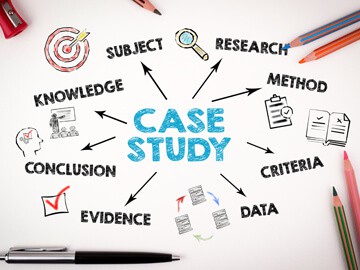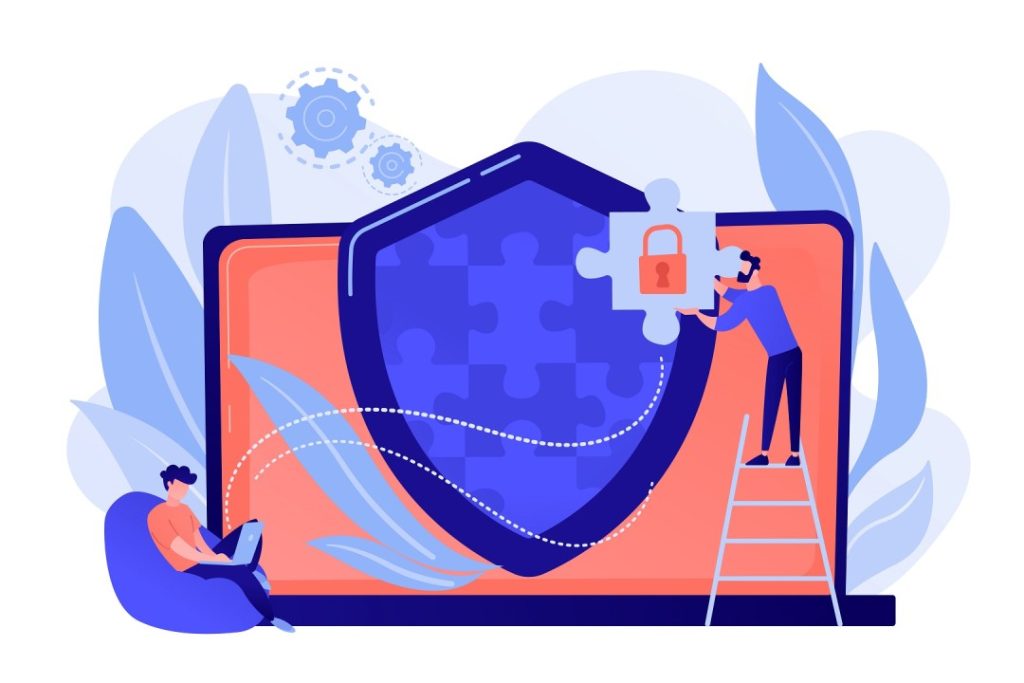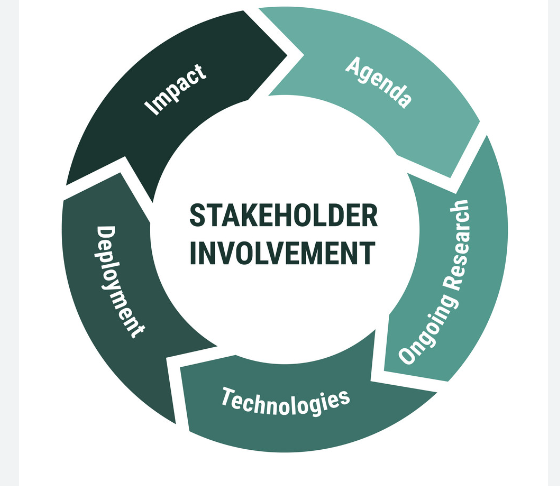AUTHOR : JENNY
DATE : MARCH 8, 2024
Education in India has undergone a transformative journey, heavily influenced by technological advancements. While technology offers unprecedented opportunities, the rise of high-risk educational technology poses challenges that demand our attention. In this article, we delve into the landscape of educational technology in India, identifying high-risk factors, exploring case studies, understanding the regulatory framework, and proposing mitigation strategies.
The Current Landscape

Overview of Educational Technology in India
India has witnessed a surge in educational technology, with e-learning platforms, smart classrooms, and virtual labs becoming integral parts of the learning process. The shift towards digital education has been accelerated, especially in the wake of global events.
Trends and Innovations
From AI-driven personalized learning to immersive virtual reality experiences, the educational technology sector in India is marked by constant innovation. These advancements promise to revolutionize the way students learn and educators teach.
Identifying High-Risk Factors
Cybersecurity Concerns
The increased reliance on digital platforms makes educationahttps://blog.igpay.io/contact-us/l institutions vulnerable to cyber threats. Data breaches, ransomware attacks, and identity theft are pressing concerns that demand immediate attention.
Data Privacy Issues
As educational technology collects and processes vast amounts of sensitive student data, ensuring privacy becomes paramount. The mishandling of such information can have severe consequences for individuals and institutions alike.
Integration Challenges
The rapid adoption of various technologies sometimes leads to integration challenges. Incompatibility issues and inadequate training can hinder the effective implementation of educational tools, impacting the quality of education.

Case Studies
Notable Incidents in Educational Technology
Several high-profile incidents worldwide highlight the vulnerabilities in educational technology. From unauthorized access to critical data leaks, these cases underscore the importance of robust security measures.
Regulatory Framework
Existing Regulations in India
India has taken steps to regulate educational technology, but gaps persist. Understanding the current regulatory landscape is crucial for addressing the risks associated with the sector.
The Need for Stricter Controls
As technology evolves[1], so must regulations. Stricter controls are necessary to safeguard the educational ecosystem, balancing innovation with security.
Mitigation Strategies
Best Practices for Cybersecurity
Implementing robust cybersecurity measures is imperative. Encryption, regular audits, and employee training can fortify institutions against cyber threats.
Ensuring Data Privacy
Instituting clear data protection policies and obtaining consent for data usage are essential steps in safeguarding student information.
Overcoming Integration Challenges
A systematic approach to technology integration[2], coupled with comprehensive training programs, can help overcome challenges in adopting new educational tools.
Balancing Innovation and Security

Importance of Technological Advancements
Despite the risks, technological advancements are indispensable for the growth of educational technology. Embracing innovation while maintaining a focus on security is the key to progress.
Ensuring Safety Measures
Incorporating safety measures into the development and deployment of educational technology is essential. This includes rigorous testing for vulnerabilities and High-Risk[3] Educational Technology In India continuous monitoring.
Future Prospects
Evolving Educational Technology Landscape
The future promises exciting developments, High-Risk Educational Technology In India with AI, machine learning, and augmented reality poised to reshape the educational landscape in India.
Anticipated Changes and Improvements
Addressing current challenges will pave the way for a more secure and efficient educational[4] technology environment. Collaboration between stakeholders is crucial for positive change.
Recommendations
Suggestions for Educational Institutions
Institutions must prioritize cybersecurity, invest in training, and adopt a proactive approach to stay ahead of potential risks.
Government and Industry Roles
Collaboration between the government and industry is vital. Establishing clear guidelines and fostering innovation in a regulated environment will benefit the entire sector.

Stakeholder Involvement
Role of Teachers and Students
Educators and students play pivotal roles in maintaining a secure educational technology ecosystem[5]. Educating themselves about risks and adhering to best practices is essential.
Collaborative Efforts
Stakeholders, including teachers, students, parents, and policymakers, should collaborate to create a resilient educational technology infrastructure.
Public Awareness
The Importance of Informed Decision-Making
Creating awareness among the public about the risks and benefits of educational technology is crucial. Informed decision-making can contribute to a safer digital learning environment.
Community Engagement
Engaging communities in discussions about educational technology fosters a sense of responsibility and encourages collective efforts to address potential risks.
The Global Perspective
Learning from High-Risk Experiences Worldwide
Examining international experiences provides valuable insights. Learning from both successes and failures worldwide can inform strategies to mitigate risks in India.
International Collaboration
Collaborating with global entities ensures that India remains at the forefront of secure educational technology practices. Shared knowledge and experiences contribute to a safer global educational ecosystem.
Advantages of Educational Technology
Despite Risks, the Positive Impact
Acknowledging the risks should not overshadow the positive impact of educational technology. From accessibility to personalized learning, technology has the potential to enhance the educational experience.
Success Stories
Highlighting success stories where educational institutions successfully navigated risks and implemented secure technology solutions inspires others to follow suit.
Conclusion
Balancing risk and innovation is the key to harnessing the full potential of educational technology in India. With a concerted effort from all stakeholders, a secure and progressive learning environment can be achieved, ensuring that technology enhances education without compromising safety.
FAQs
- What are the major cybersecurity threats in educational technology?
- Answer: Cybersecurity threats include data breaches, ransomware attacks, and identity theft, posing significant risks to educational institutions and students.
- How can educational institutions protect student data?
- Answer: Implementing robust cybersecurity measures, clear data protection policies, and obtaining consent for data usage are crucial steps in safeguarding student information.
- Are there any success stories of secure educational technology implementation?
- Answer: Yes, many educational institutions worldwide have successfully navigated risks and implemented secure technology solutions, enhancing the learning experience.
- What role does government regulation play in mitigating risks?
- Answer: Government regulations are crucial in creating a framework for secure educational technology, ensuring that institutions adhere to necessary standards and guidelines.

